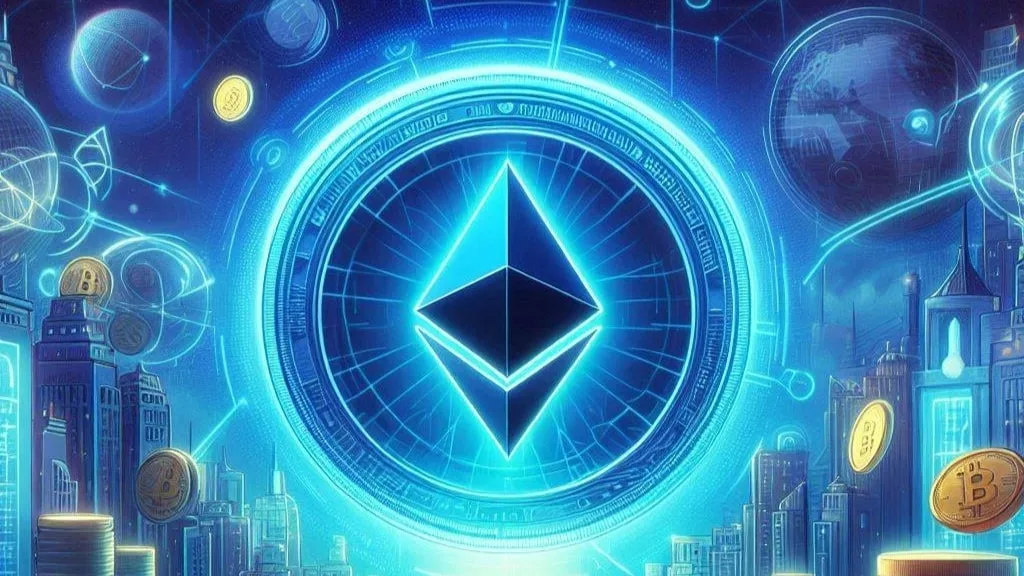
Tokenization of traditional assets has garnered significant attention, with the potential to reshape how financial assets are managed and traded. Coutts challenges the optimistic projections by highlighting the need for a more grounded approach. Given that BlackRock, one of the largest asset managers globally, currently oversees $10 trillion in assets, the estimate of $10 to $30 trillion in tokenized assets may seem overambitious. Instead, Coutts proposes a more conservative forecast, projecting approximately $1.3 trillion in tokenized assets if the current compound annual growth rate (CAGR) of 121% continues.
This revised estimate reflects the complexities and challenges inherent in scaling tokenization across traditional asset classes. It also provides a more pragmatic view of the pace at which the market is likely to evolve.
Coutts examines the implications of this level of tokenization for blockchain ecosystems, particularly regarding transaction fees and market turnover. He draws a parallel with the S&P 500, which experienced a trading volume of $130 trillion in 2023 against a market capitalization of $40 trillion, indicating a turnover rate of 317%. Applying this concept to tokenized assets, Coutts envisions a scenario where similar high turnover rates could be achieved on blockchain platforms, potentially driving substantial fee revenue.
In the decentralized finance (DeFi) space, the velocity of asset transactions is typically higher than in traditional finance, suggesting that tokenized assets could exhibit even greater turnover rates. Coutts imagines a future where assets such as Apple stock are tokenized, pledged as collateral for loans, converted into Ethereum, and staked for yield on DeFi platforms. This integration of traditional finance with DeFi could unlock new revenue streams and create synergies between different financial ecosystems.
One of the key aspects of Coutts’ analysis is the impact of transaction fees on blockchain platforms. He predicts that blockchain networks will likely offer significantly lower fees compared to traditional equity commissions. A one basis point (bp) rate on traded volume is considered a more realistic expectation. Even at this reduced fee level, the potential revenue for blockchains could be substantial.
Moreover, the tokenization of traditional assets could create a “flywheel effect” on other areas of the blockchain ecosystem. This includes potential benefits for non-fungible tokens (NFTs), social platforms, and gaming, all of which could see increased adoption and revenue as a result of broader tokenization trends.
Ethereum remains a dominant platform in the tokenization space. Major asset managers like BlackRock and Franklin Templeton have already tokenized over $900 million in U.S. treasuries on Ethereum, underscoring the platform’s role as a key player in this sector. However, Coutts highlights an emerging challenge: the “Ethereum dilemma.”
As Layer 2 (L2) solutions gain traction, they could capture a significant portion of the revenue generated from tokenized assets, leaving Ethereum’s Layer 1 (L1) primarily with settlement fees. Permissioned rollups, potentially developed by firms like Robinhood or Interactive Brokers, could capture between 95% to 99% of the revenue, posing a threat to Ethereum’s revenue model unless it can effectively scale its L1 infrastructure.
Coutts also explores the potential future of L2 solutions in the context of RWA tokenization. In non-permissioned environments, L2 solutions might eventually activate a fee switch, allowing token holders to benefit from the revenue generated. This scenario positions L2 solutions as a valuable option for capturing significant future value.
The question of how market share will be distributed between L1 and L2 levels is crucial for determining Ethereum’s long-term value proposition. As L2 solutions evolve, their ability to integrate with and enhance Ethereum’s capabilities will play a significant role in shaping the platform’s future.
The tokenization of real-world assets represents a significant opportunity for blockchain technology, with Ethereum at the forefront of this transformation. While projections vary, the potential for blockchain ecosystems to revolutionize traditional finance is substantial. However, challenges such as the distribution of revenue between L1 and L2 solutions and the pace of market adoption will be key factors in determining the success of this shift.



Get the latest Crypto & Blockchain News in your inbox.